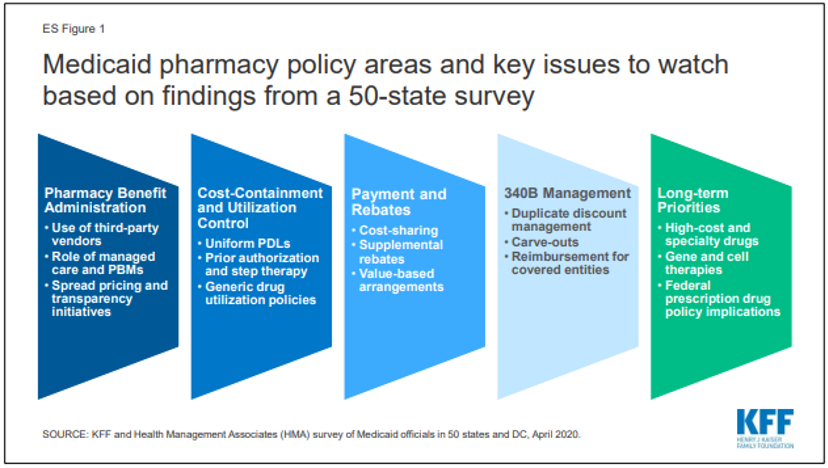The Medicare program has rapidly transformed how it pays for healthcare providers in response to the COVID-19 pandemic. In an effort to capture these changes, HMA, commissioned by The Commonwealth Fund and The SCAN Foundation, tracked, categorized, and analyzed the 212 Medicare policy modifications made in response to the public health emergency.
HMA Senior Consultant Jennifer Podulka and Managing Principal Jon Blum led efforts to analyze and synthesize COVID-19-related legislative, regulatory, and subregulatory changes to existing Medicare regulations issued beginning January 1, 2020. The resulting issue brief Regulatory Changes to Medicare in Response to COVID-19 and companion Policy Tracker use nine categories to organize the data and will be periodically updated to include new information.
The issue brief outlines key COVID-19-related changes including providing telehealth reimbursement for more types of services and providers, and waived conditions of Medicare participation permitting patients to be treated in alternative care settings including community facilities, temporary facilities, homes and in some cases, out of state services on a temporary basis.
Congress and the Trump administration waived or changed regulations to allow flexibility to help healthcare providers, Medicare Advantage plans and Part D plans. The policy tracker catalogs and categorizes these regulatory changes based on characteristics, including types of providers and plans affected, effective date, and expected duration.
These changes have affected virtually all healthcare providers and health plans that participate in the Medicare program, and the issue brief examines several questions surrounding the changes moving forward including risk to beneficiary protections and Medicare spending controls established in the original legislation and rules.
Data collection and analysis for the policy tracker was conducted by HMA colleagues Jennifer Podulka, Narda Ipakchi, Zach Gaumer, Yamini Narayan, and Elaine Henry. This project was supported by grants from The SCAN Foundation and The Commonwealth Fund.

